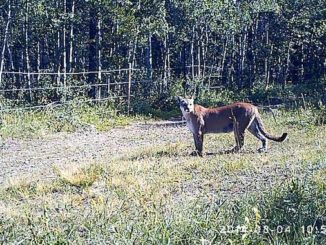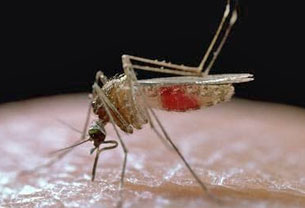
A few weeks ago I had my first Ultimate Frisbee game of the spring season. We were playing at Shouldice Athletic Park on turf fields, not grass, and just after the sun went down we noticed a few bugs buzzing around. Turns out those bugs were actually mosquitoes. We were all pretty shocked that mosquitoes would be awake in early April and concluded that it would be a long season if they were out and about already! Since the little bloodsuckers are responsible for ruining many an outdoor experience I thought I’d talk about how to coexist with one of nature’s most annoying creations!
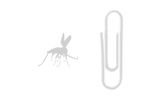
There are over 3,000 different species of mosquito worldwide, 44 of which occur in Alberta, but only 20 reside in the Calgary area. While there are three main types that carry human diseases (Anopheles, Aedes, and Culex), the one we are most worried about in Alberta is the Culex species, which can carry the West Nile virus. Although your risk of contracting West Nile virus from a mosquito is considered low, it can have devastating effects to those most susceptible, including the elderly and those with suppressed immune systems. There were only five confirmed cases of the virus across Canada in 2014, one of which was in Alberta. Luckily it was the less serious non-neurological strain that was contracted and diagnosed.
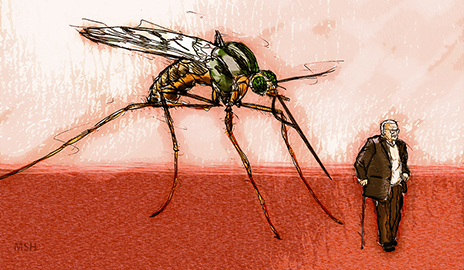
A mosquito’s average lifespan is anywhere from two weeks to six months. They are attracted to exhaled carbon dioxide (CO2), movement, and body odors and temperature. There are numerous other theories out there about who or what attracts mosquitoes, but many of them are unproven. Despite popular misconceptions mosquitoes don’t actually consume your blood, instead they use it as a source of protein for their eggs. Only the female of the species has the mouth parts necessary to suck blood from her victims and the itchy, red bump she leaves behind is actually an allergic reaction to the mosquito’s saliva. You’ll be happy to know that humans aren’t their first choice when it comes to blood, they actually prefer horses, cattle, and birds over us. Like many other insects, nectar and other plant sugars are the main source of nourishment for both male and female mosquitoes. They can smell food from to up 50m away, which is pretty impressive considering their diminutive size.
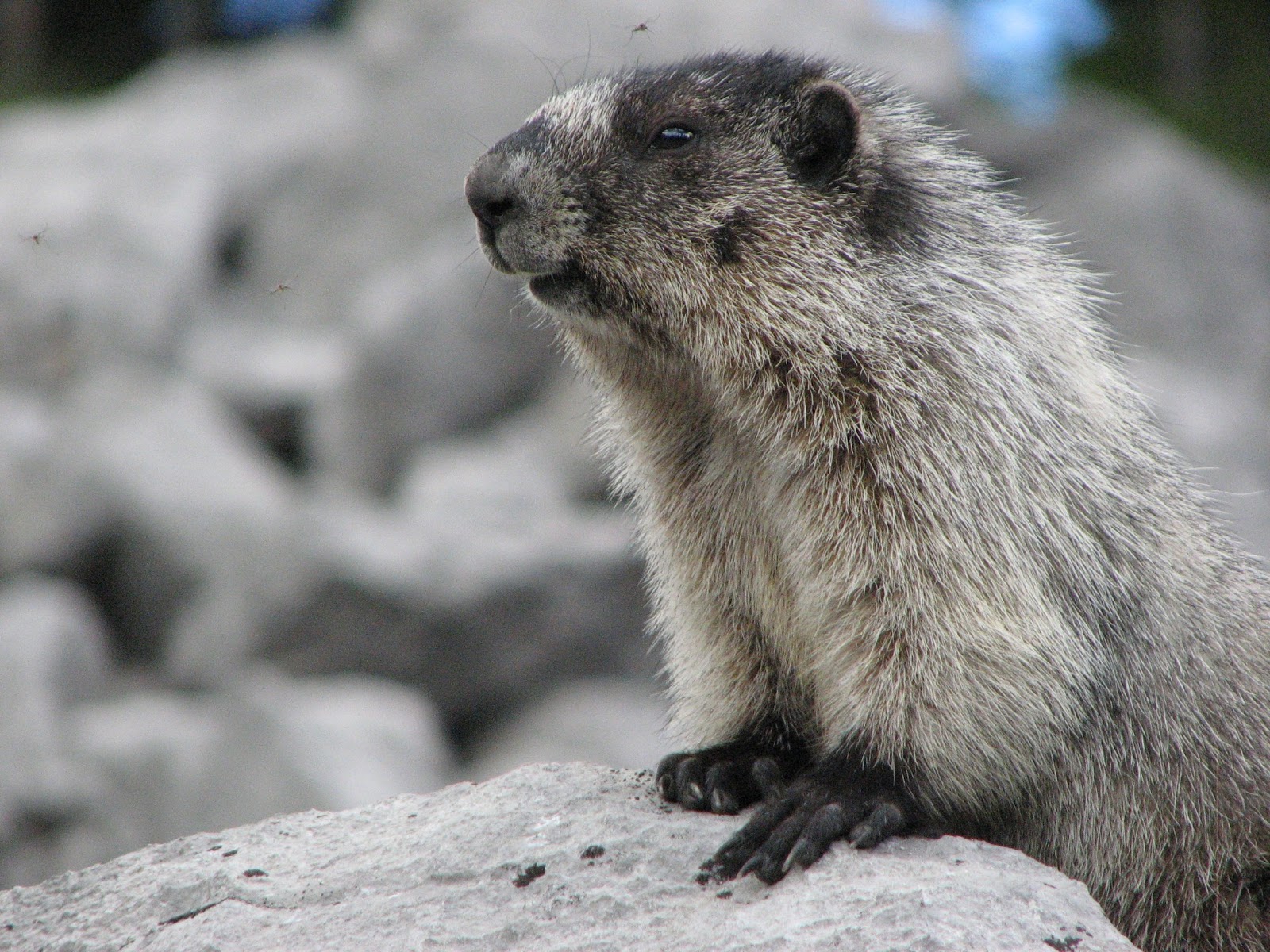
Most of the species in the Calgary area are termed “floodwater species”, meaning their eggs overwinter and hatch in the spring during flood runoff and rain events. Mosquitoes require water to breed and lay their eggs, so population-control efforts focus on the removal or treatment of standing bodies of water. All mosquito populations are monitored by The City of Calgary’s Integrated Pest Management (IPM) unit through the use of CO2 traps. IPM controls the population using granular products that are specifically designed for mosquito larvae, meaning they have almost no effect on other organisms or the environment. These products are applied from the ground or aerially to selected bodies of water throughout the city. All products are registered and regulated by the Federal Pest Management Regulatory Agency.
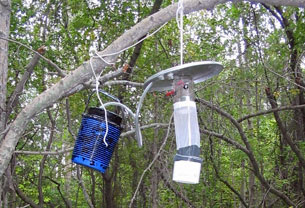
Protecting yourself from being bitten is the first line of defense against mosquitoes. Wearing light-coloured clothing, including long-sleeved shirts, pants, socks, and a hat are all important. Applying insect repellent that contains DEET (diethyltoluamide) has also proven to be an effective deterrent. Just make sure you’re using the right concentration for your age group. Please visit the Government of Canada’s website for further information. Mosquitoes are most active at dawn and dusk, so staying indoors at those times is also helpful. Ensure windows and doors are kept closed if they aren’t equipped with screens and always repair holes in window screens to prevent mosquitoes from entering your home. The last thing you want is them buzzing around while you’re trying to fall asleep. Anyone who’s ever had even a single mosquito in their room (or tent) at bedtime knows exactly how frustrating it can be!

As annoying as they are, mosquitoes are a major food source for thousands of other animals including birds, bats, dragonflies, and frogs. Attracting these species to your yard could lower the overall mosquito population in your area, which would make sitting on your patio in the evening a whole lot more bearable. As previously mentioned mosquitoes need water to breed, so eliminating any standing water from your yard can also go a long way in reducing populations.
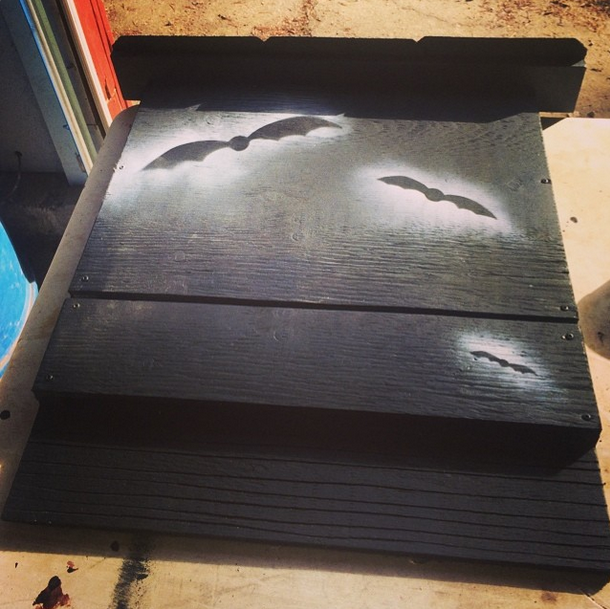
When a mosquito bites you, and let’s face it we all get bit eventually, avoid the extreme temptation to scratch it. Instead wash the affected area with mild soap and water and apply anti-itch medicines such as Calamine lotion or over the counter cortisone creams. Of course if you’re experiencing a fever, headaches, a mild rash, body aches, nausea, trouble swallowing, or confusion, all of which are symptoms of West Nile, seek medical attention immediately. For further information about the symptoms of West Nile virus please visit this Government of Canada website.
Let’s face it, mosquitoes aren’t the only natural pest we have to be aware of when spending time outdoors; others include ticks, horseflies, black-flies, wasps, and chiggers. Educating yourself about these common insects is important before venturing outside. Visit My Health Alberta to learn more. For additional information about mosquitoes please visit the following websites; The City of Calgary, Alberta Health Services, and Fight The Bite. Spending time outside comes with associated risks, but taking the proper precautions can lead to enjoyable outdoor adventures, even with the bugs!


